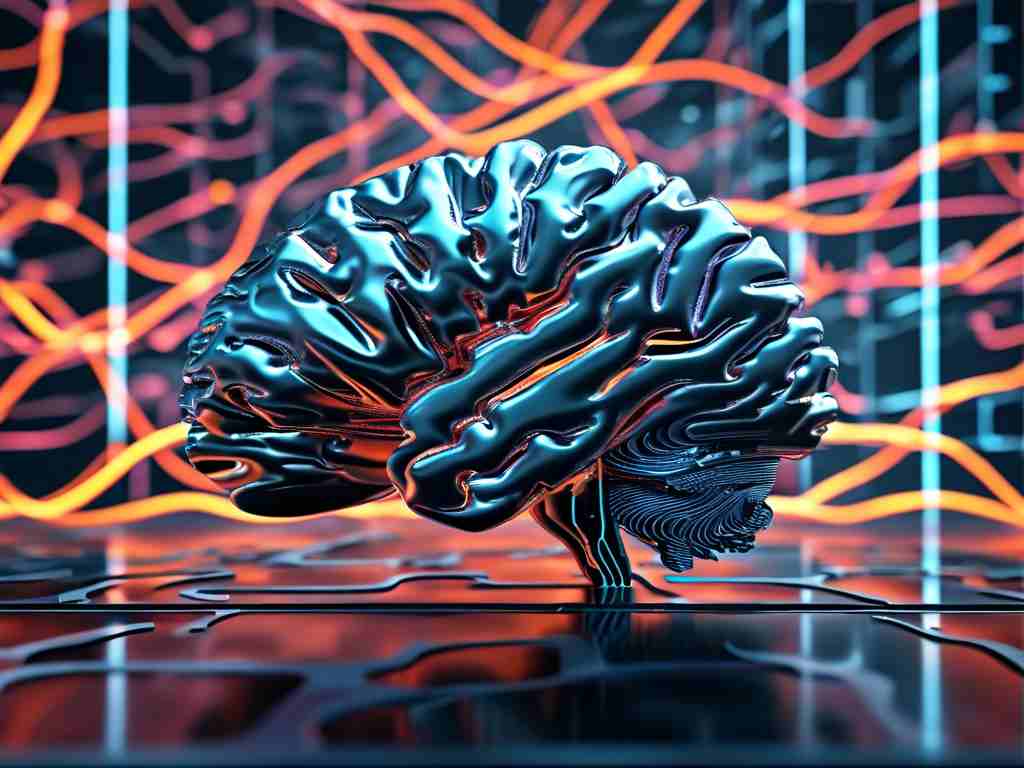The convergence of deep learning and embedded systems has revolutionized the way artificial intelligence (AI) is deployed in real-world applications. Deep learning embedded development platforms have emerged as critical tools for bringing AI capabilities to resource-constrained edge devices, enabling smarter, faster, and more efficient solutions across industries. This article explores the significance of these platforms, their technical foundations, use cases, challenges, and future trends.

1. The Rise of Edge AI and Embedded Platforms
Traditional AI models often rely on cloud computing for processing, which introduces latency, bandwidth costs, and privacy concerns. Edge computing addresses these issues by performing computations locally on devices. However, deploying deep learning models on edge devices—such as drones, IoT sensors, or industrial robots—requires specialized platforms that balance computational power, energy efficiency, and cost.
Deep learning embedded development platforms provide the hardware and software frameworks needed to optimize neural networks for edge deployment. Examples include NVIDIA Jetson, Google Coral, and Raspberry Pi with AI accelerators. These platforms integrate GPUs, TPUs, or NPUs (Neural Processing Units) to handle matrix operations efficiently while minimizing power consumption.
2. Key Features of Modern Embedded AI Platforms
A robust deep learning embedded platform typically offers:
- Hardware Acceleration: Dedicated AI chips (e.g., TPUs, FPGAs) for parallel processing.
- Model Optimization Tools: Techniques like quantization, pruning, and knowledge distillation to reduce model size without sacrificing accuracy.
- Cross-Platform Compatibility: Support for frameworks like TensorFlow Lite, PyTorch Mobile, or ONNX Runtime.
- Real-Time Processing: Low-latency inference for time-sensitive applications like autonomous vehicles.
- Energy Efficiency: Power management features to extend battery life in mobile devices.
For instance, TensorFlow Lite for Microcontrollers enables deep learning models to run on devices with as little as 16KB of RAM, making AI accessible to ultra-low-power microcontrollers.
3. Industry Applications
3.1 Smart Manufacturing
Embedded AI platforms are used for predictive maintenance, quality control, and robotic automation. For example, a factory could deploy edge devices with vision-based models to detect defects in real time, reducing waste and downtime.
3.2 Healthcare
Wearable devices leverage embedded deep learning to monitor vital signs or detect anomalies like arrhythmias. Platforms like ARM Cortex-M with CMSIS-NN libraries enable ECG analysis directly on the device, ensuring data privacy.
3.3 Autonomous Systems
Self-driving cars and drones rely on embedded platforms for object detection and path planning. NVIDIA’s DRIVE AGX, for instance, combines deep learning and sensor fusion to process terabytes of data per hour locally.
3.4 Agriculture
AI-powered edge devices analyze soil conditions, crop health, and weather patterns to optimize irrigation and pesticide use. These systems often use lightweight models trained on satellite or drone imagery.
4. Technical Challenges and Solutions
4.1 Hardware Limitations
Edge devices face constraints in memory, processing power, and energy. To address this, developers use model compression techniques. For example, quantization reduces 32-bit floating-point weights to 8-bit integers, shrinking model size by 75% with minimal accuracy loss.
4.2 Latency vs. Accuracy Trade-offs
Real-time applications require fast inference but cannot compromise safety. Platforms like Qualcomm Snapdragon use heterogeneous computing—combining CPUs, GPUs, and NPUs—to prioritize critical tasks while maintaining accuracy.
4.3 Deployment Complexity
Porting models from cloud to edge involves compatibility issues. Tools like OpenVINO (Intel) and AI Model Efficiency Toolkit (Google) automate model conversion and optimization for specific hardware.
5. The Future of Embedded AI Platforms
The next generation of platforms will focus on:
- TinyML: Ultra-low-power AI for microcontrollers, enabling AI in devices like smart thermostats or hearing aids.
- Federated Learning: Training models on edge devices without centralizing data, enhancing privacy.
- Neuromorphic Computing: Hardware inspired by the human brain for energy-efficient spiking neural networks.
- 5G Integration: Combining edge AI with high-speed networks for hybrid cloud-edge architectures.
Companies like Apple and Huawei are already embedding NPUs into consumer devices, signaling a shift toward ubiquitous edge AI.
6.
Deep learning embedded development platforms are the backbone of the AI-driven edge computing revolution. By enabling intelligent decision-making at the source of data generation, they reduce reliance on the cloud, enhance privacy, and unlock new possibilities in automation and IoT. As hardware advances and algorithms become more efficient, these platforms will continue to democratize AI, making it faster, cheaper, and more accessible than ever before.
Developers and organizations must stay ahead of the curve by mastering tools like Edge Impulse or Amazon SageMaker Neo, which streamline the deployment of AI models on embedded systems. The fusion of deep learning and embedded technology is not just a trend—it’s the foundation of a smarter, more connected world.









